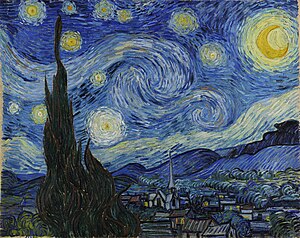. D.O.T .
You are to animate a
. not a dash - in a flipbook:
First develop your idea based on your main character- DOT:You can be creative with your dot. It can be something more than just a dot, give it a character (keep it simple though).Establish a simple setting.There should be a narrative plot with a conflict and resolution- sounds complex, but doesn't have to be.
Step #1- Generate your idea
Finish the following narrative prompts to generate ideas for your dot-
Once apon a time there was a_____________ dot. Everyday the dot ________________. Because of that, the dot ____________________. And then ____________________. Until finally the dot _____________________________. And so ____________________________________.
Step #2 Write a one or two line "pitch" for your dot animation:
A pitch is a concise verbal (and sometimes visual) presentation of an idea for a film or TV series generally made by a screenwriter or director to a producer or studio executive in the hope of attracting development finance to pay for the writing of a screenplay.
Your pitch is to be a "one liner", quick description of what happens to your DOT.
Step #3 Make a simple storyboard for DOT-Do not draw out all frames, just where your movement changes and the idea changes.
Step#4- Draw your flipbook
First plan out your idea in a storyboard.
Draw out 50+ frames that include a day in the life of a dot.
The frames should be arranged in a sequential series that change slightly to convey movement.
Create a character from a dot.
Incorporate a simple story with a conflict and resolution.
Front page should have a title and name.









